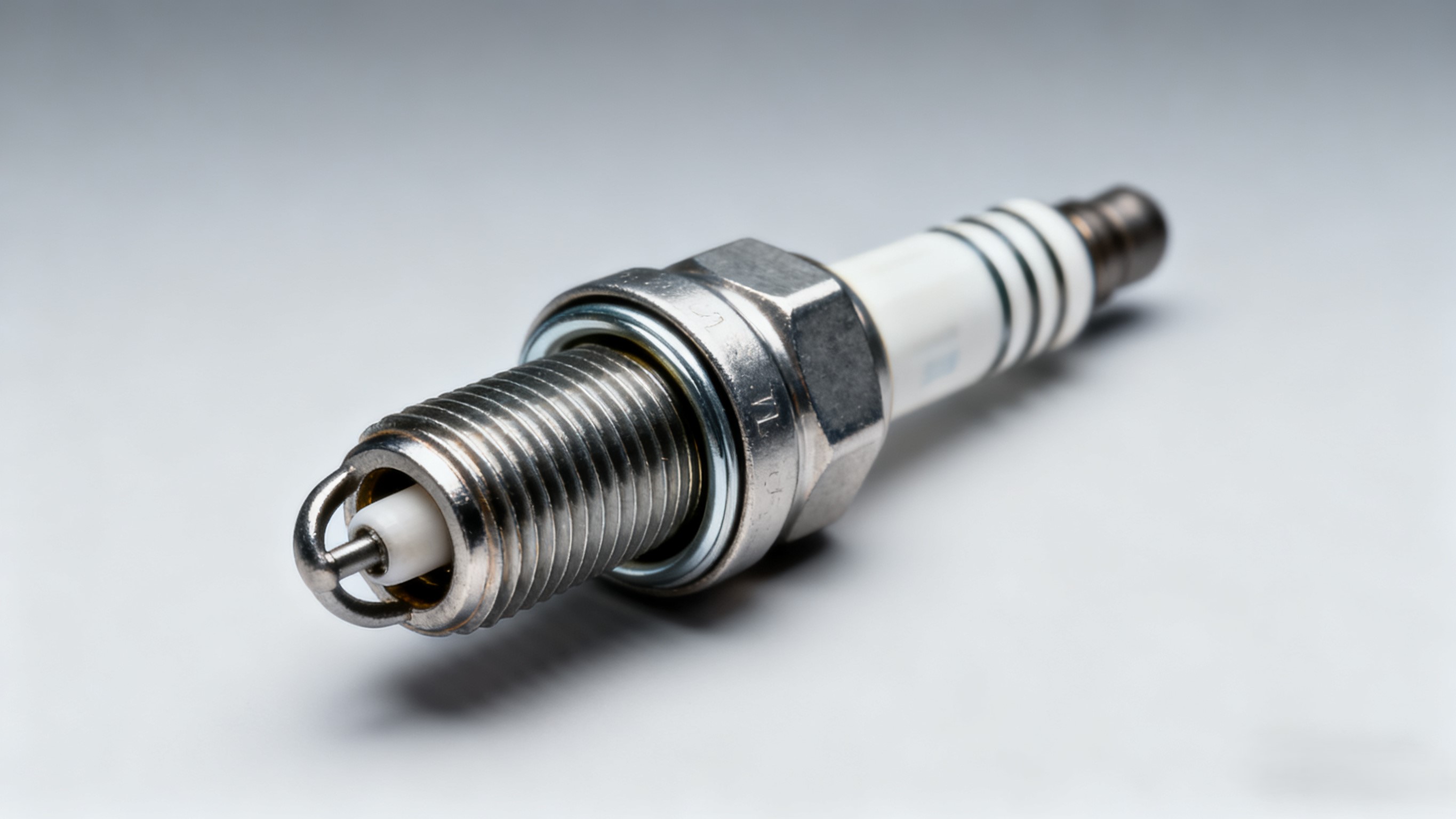



Your car is a master of communication. It may not speak in words, but it provides clear signals—dashes lights, strange sounds, and changes in feel—to tell you when something is wrong. When it comes to failing spark plugs, the symptoms are often unmistakable. Ignoring them is like ignoring a cough that turns into pneumonia; the problem will only get worse and more expensive.

Here are the 7 most common signs that your spark plugs are begging for retirement.
A misfire occurs when the spark plug in one or more cylinders fails to ignite the air-fuel mixture. This feels like a sudden, jerking loss of power, often accompanied by a shuddering or vibrating sensation from the engine. You might hear a sputtering sound from the exhaust. The car may stumble and shake, especially under acceleration when the engine is under load. Modern cars will almost always detect a misfire and illuminate the Check Engine Light (often flashing during an active misfire), storing a diagnostic trouble code (e.g., P0301 for a misfire in cylinder #1).
A healthy engine at a stoplight should idle smoothly and consistently, with minimal vibration. Worn spark plugs cause uneven and incomplete combustion. This makes the engine run "rough" at idle. You'll feel more vibrations through the steering wheel, seat, and floorboards. The tachometer needle may also fluctuate slightly instead of holding a steady RPM. It may feel like the engine is stumbling or shaking itself apart.
Remember the spark plug's primary job: to create the spark for ignition. If the plugs are excessively worn, fouled with carbon, or the gap is too large, they may not generate a strong enough spark to ignite the mixture, especially when the engine is cold. This results in the engine cranking for a long time before it finally fires up. In severe cases, the plugs may be so failed that the engine won't start at all, leaving you stranded.
When you press the accelerator pedal, you expect an immediate and smooth response. Failing spark plugs can't keep up with the demand. The incomplete combustion means the engine isn't generating full power. This results in a noticeable lack of power, sluggish acceleration, and a feeling that the car is "dragging" or struggling to get up to speed, especially when climbing hills or passing other vehicles. Your car will feel lethargic and unresponsive.
If you find yourself visiting the gas station more often than usual without a change in your driving habits, bad spark plugs are a prime suspect. Incomplete combustion means not all the fuel in the cylinder is being burned. This unburned fuel is wasted—it gets pushed out of the exhaust valve without doing any work. Your engine's computer might also try to compensate for the misfire by injecting more fuel, further compounding the problem. Replacing old plugs can often restore miles per gallon (MPG) to its original level.
While less common, severely worn plugs can actually cause a dangerous condition called pre-ignition or "pinging." If a spark plug tip becomes excessively hot (often due to heavy carbon deposits), it can act like a glow plug and ignite the air-fuel mixture before the actual spark occurs. This creates multiple, competing flame fronts that collide, creating a metallic pinging or knocking sound. This is extremely harmful and can lead to melted pistons and catastrophic engine failure if not addressed immediately.
If you're mechanically inclined, the final confirmation is a visual inspection. Removing a spark plug can tell an expert story about your engine's health.
If you are experiencing one or more of these symptoms, it's almost certainly time for a spark plug change. In our next article, we will break down the different types of spark plugs and help you choose the perfect one for your vehicle and driving style.